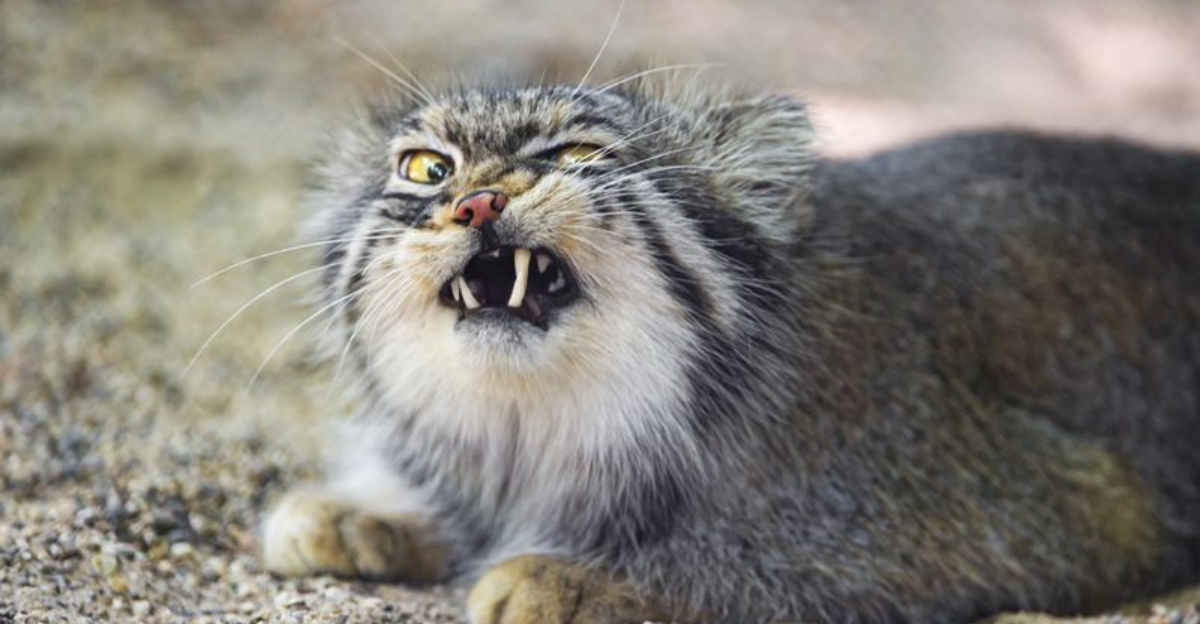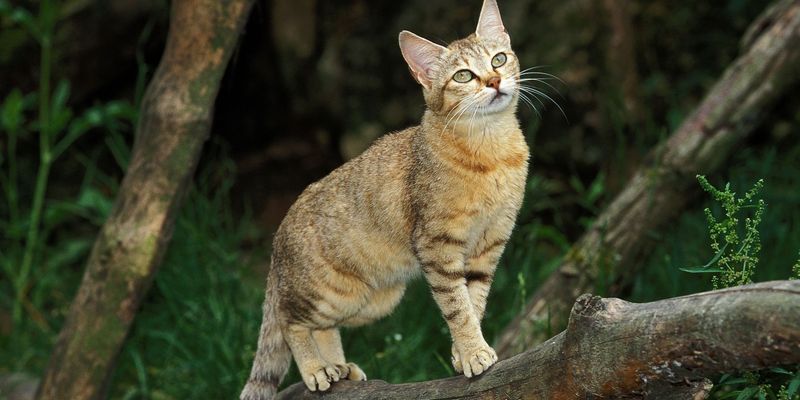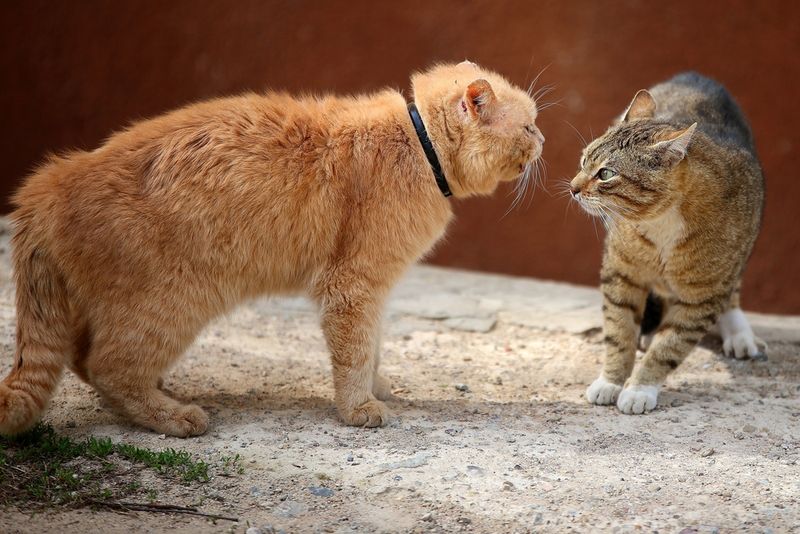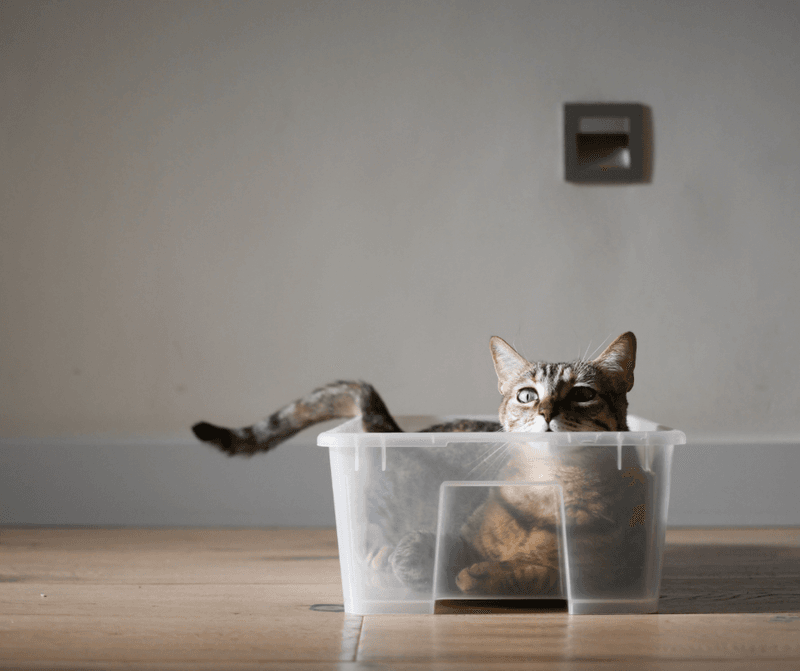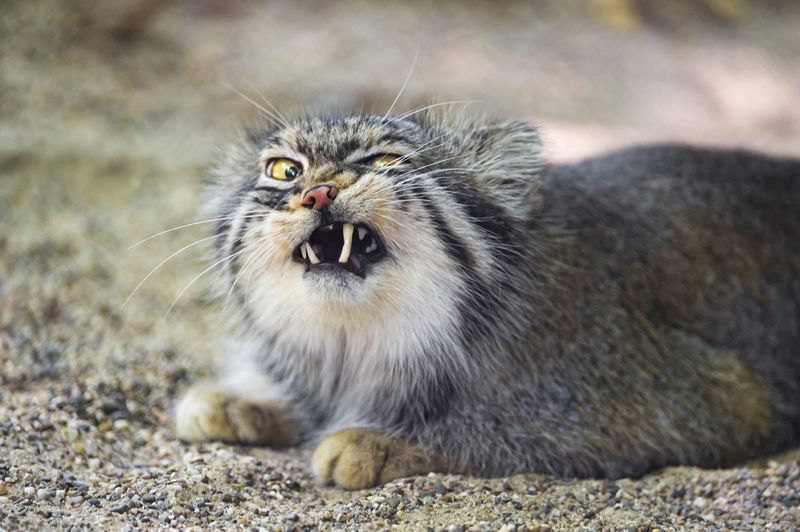📖 Table of Content:
Cats have always fascinated humans with their agility, independence, and enigmatic behaviors. While domesticated house cats curl up comfortably on couches and chase toy mice, their wild counterparts stalk real prey under the cover of dense forests and arid savannas. Despite belonging to the same feline family, these two types of cats have developed distinct instincts shaped by vastly different environments.
The city presents an entirely different challenge compared to the wild. In urban settings, house cats are pampered and protected, whereas wild cats that find themselves near human developments face obstacles like traffic, noise, and habitat loss. The instincts of both animals respond to their surroundings in unique ways, revealing the deep evolutionary roots and adaptations that define their behaviors.
Understanding these differences gives insight into how nature and nurture influence feline conduct. By comparing house cats and wild cats across key instinctive behaviors, we see not only what separates them but also the surprising traits they still share. From territoriality to hunting styles, their reactions help explain the complexity of feline nature in both domesticated and wild forms.
1. Hunting Behavior
Driven by survival, wild cats are relentless hunters that rely on stealth, patience, and strength to secure their meals. In contrast, house cats typically receive regular meals from their owners, yet they still display strong predatory behaviors, pouncing on toys, insects, or even shadows. These behaviors stem from a deeply ingrained hunting instinct that doesn’t fade with domestication. Unlike their wild relatives who often expend energy on tracking and killing prey over long distances, house cats simulate the same motions in bursts of play. Their prey drive is so strong that even indoor cats may “hunt” for fun, showcasing how embedded this instinct remains. While one kills to eat, the other plays to stimulate. This fundamental similarity reveals how evolution continues to echo through even the coziest living rooms.
2. Social Behavior
Solitude defines the life of many wild cats, who avoid contact with others to reduce competition and conflict. Only in a few species, like lions, does structured social behavior emerge with clear roles and cooperation. House cats, on the other hand, display a unique blend of independence and sociability, adapting to human companionship and other pets when necessary. Through slow introductions and positive interactions, they often form cohabiting systems that resemble loose social groups. Unlike wild cats, whose interactions are typically brief and utilitarian, domestic cats can form long-lasting bonds. Grooming, sleeping near one another, and playing are all signs of social tolerance and even affection. This adaptability marks a significant shift from their ancestors’ solitary ways.
3. Fear and Survival Responses
Every rustle in the underbrush may mean danger for a wild cat, so their senses remain on constant alert. Their reactions to threats are swift, often choosing flight over fight to preserve energy and avoid injury. In contrast, house cats live in environments where threats are minimal, but they can be surprisingly jumpy. Common domestic triggers—vacuum cleaners, strangers, or sudden movements—may activate the same instinctual responses hardwired for survival. These reactions, while exaggerated in a safe environment, illustrate how little the fear circuitry has changed. Domestic cats may run and hide, hiss, or puff up to appear larger, mimicking responses seen in their wild relatives. Even in comfort, those ancient alarm bells still ring loud and clear.
4. Resource Use
Wild cats use every resource in their environment with precision, relying on experience and instinct to locate water, shelter, and prey. They often return to successful hunting spots or reliable hiding places, conserving energy and improving survival odds. House cats mirror these patterns in more subtle ways, frequently returning to favorite napping spots or being particular about their food and water locations. They often prefer running water or specific types of bowls, reflecting a cautious instinct against contamination. While house cats don’t need to hunt or search for water, the underlying behaviors suggest a retained memory of self-sufficiency. Their selective nature isn’t mere fussiness—it’s instinct playing out in modern form.
5. Adaptation to Urban Environment
Navigating a city is a formidable task for wild cats, who face roads, fences, and human disturbances that disrupt natural behavior. Urban environments compress their range and introduce novel threats, often forcing them to change their hunting grounds or daily routines. House cats, especially indoor ones, are more shielded from these dangers and adapt to city life with human support. They find enrichment through windows, toys, and structured environments that simulate the wild. Feral cats fall somewhere in between, forming colonies that scavenge and hunt in alleys, parks, and rooftops. Though the environments differ, both types of cats show remarkable flexibility. Survival in the city, wild or tame, demands quick learning and instinctual resilience.
6. Dietary Preferences and Hunting
Feeding habits differ significantly between wild cats and house cats, though both remain obligate carnivores. Wild cats consume freshly caught prey, which provides the exact balance of nutrients they require, including moisture-rich muscle and organ meat. In comparison, house cats are usually fed commercial diets, yet many still crave raw or live food experiences that mimic hunting. Even with a full bowl, domestic cats may stalk birds through windows or pounce on crickets for stimulation. This divergence shows how instinct pushes beyond necessity when natural drives remain unfulfilled. Notably, wild cats must eat every part of their kill, which helps with hydration and dental health—needs often overlooked in domestic care. Meanwhile, picky eating and food boredom in house cats may reflect psychological rather than nutritional needs, born from a life disconnected from the wild.
7. Communication Styles
Rather than meowing, wild cats communicate largely through scent marking, body language, and vocalizations like growls, hisses, or roars suited to their species. In contrast, domestic cats have adapted their communication primarily for human interaction, developing a repertoire of meows, chirps, and purrs tailored to evoke responses. This vocal adaptability is rare among animals and illustrates how domestication reshapes instinctual expression. Scent and posture still play major roles in both types of cats—tail position, ear orientation, and eye contact are universal feline signals. Wild cats use these cues mostly for threat assessment and territorial disputes, while house cats employ them within homes to navigate social dynamics with people and other pets. The intentional nature of a house cat’s communication reflects emotional intelligence shaped by human proximity. Though rooted in the same biological origins, the ways cats “speak” have evolved remarkably depending on where they live and who they live with.
